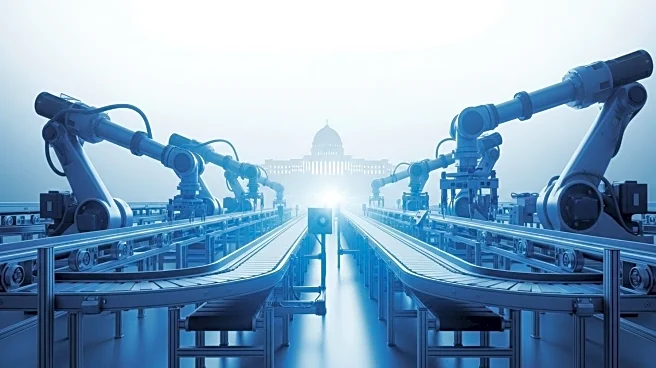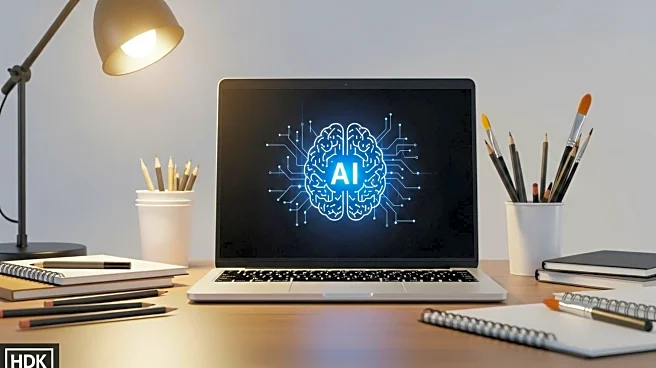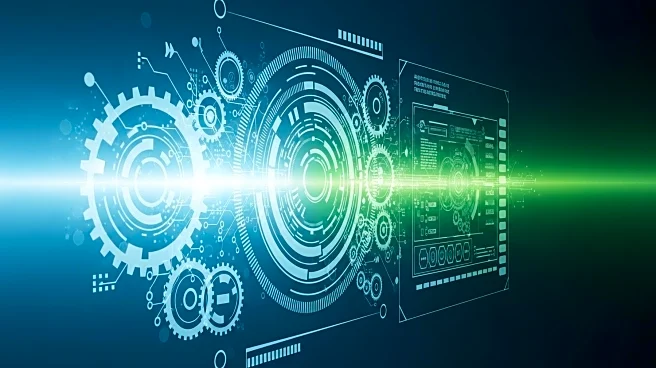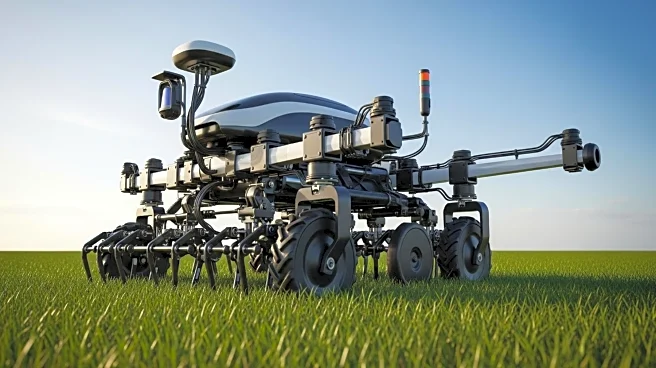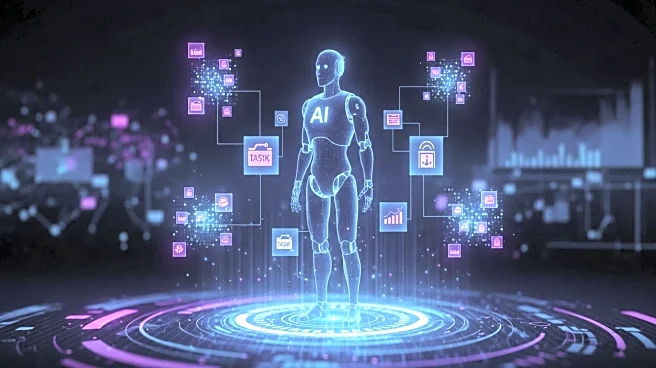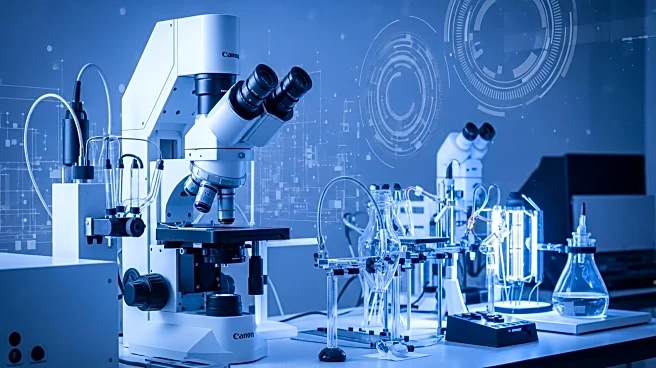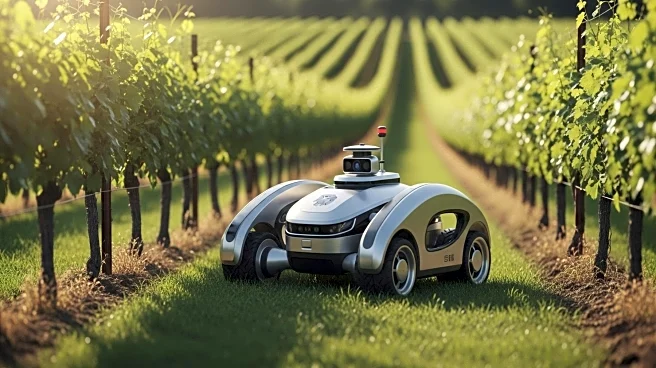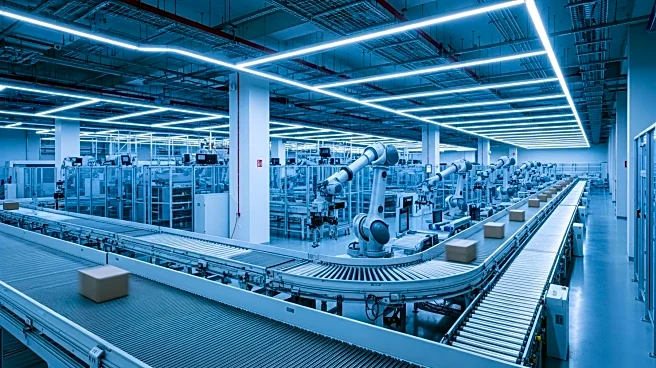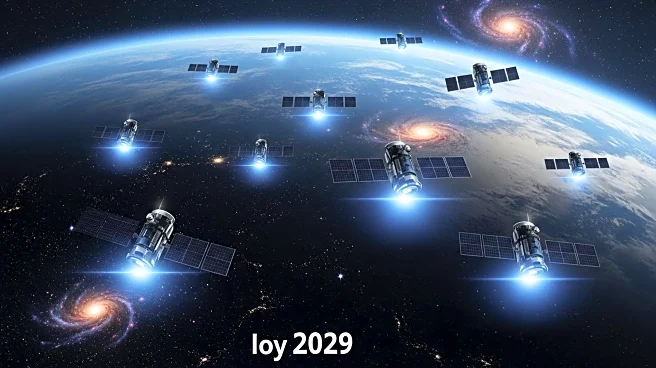What's Happening?
AI image detection technology is revolutionizing the field of robotics and automation by enabling machines to see and understand images. This advancement allows robots to perform tasks traditionally done by humans, thereby increasing productivity and safety in factories. AI image detectors utilize computer vision and neural networks to identify patterns and objects within images, facilitating real-time processing and improving precision in various applications such as manufacturing, logistics, and agriculture. The technology is expected to continue evolving, offering significant improvements in efficiency and accuracy across multiple industries.
Why It's Important?
The integration of AI image detection in robotics and automation is crucial for enhancing operational efficiency and reducing human error. By automating complex tasks, industries such as manufacturing can achieve higher quality control and defect detection, leading to reduced waste and improved product quality. In logistics, AI-driven automation streamlines warehouse operations, increasing speed and accuracy. In agriculture, precision farming benefits from AI's ability to monitor crops and optimize resource usage, potentially increasing food production and reducing waste. As AI technology advances, its impact on these sectors will likely grow, driving innovation and economic growth.
What's Next?
As AI image detection technology continues to improve, its applications in robotics and automation are expected to expand. Industries may increasingly adopt AI-driven solutions to enhance operational efficiency and reduce costs. The ongoing development of computer vision and neural networks will likely lead to smarter AI systems capable of performing more complex tasks and adapting to new environments. This evolution could result in broader implementation across various sectors, creating new opportunities for growth and innovation.
Beyond the Headlines
The ethical implications of AI image detection in automation include concerns about job displacement and privacy. As machines take on more tasks, there may be a shift in workforce dynamics, necessitating retraining and skill development for affected workers. Additionally, the use of AI in monitoring and surveillance raises privacy issues that need to be addressed through regulations and policies. Long-term, the technology could lead to significant changes in how industries operate, potentially reshaping economic and social landscapes.

